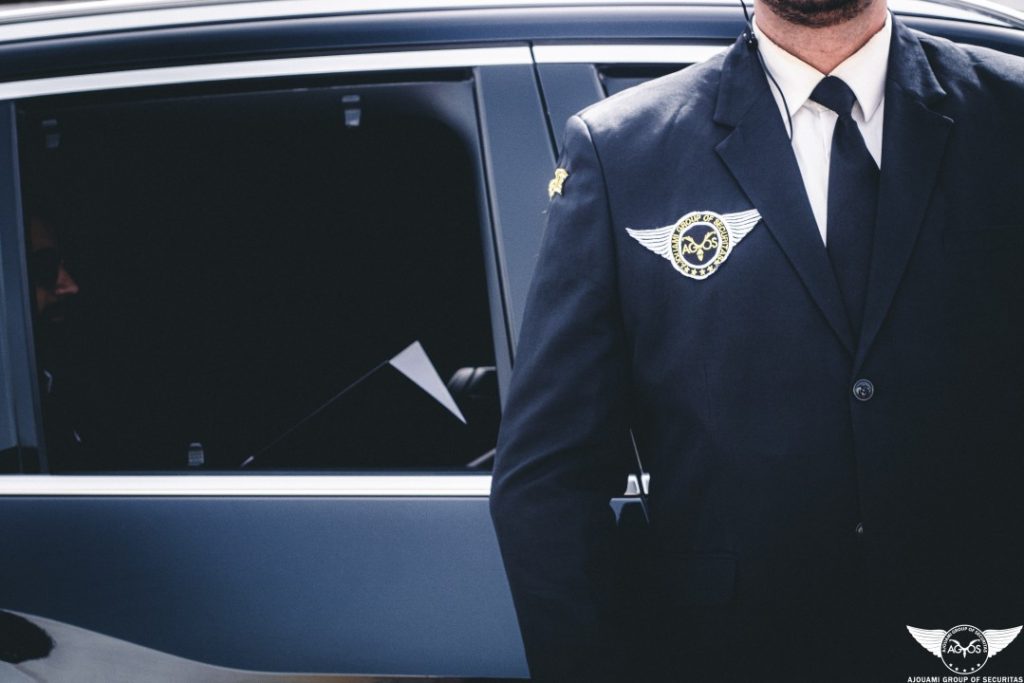
When an executive protection officer meets the principal (the individual being protected) for the first time, it is important for the officer to make a good first impression and establish a strong, professional relationship with the principal.
DO YOU HAVE A QUESTION OR NEED ASSISTANCE?
Here are some steps that an executive protection officer can take when meeting the principal for the first time:
- Greet the principal in a professional and respectful manner: When introducing oneself to the principal for the first time, it is important to greet the principal by their proper title and last name. For example, “Good morning, Mr. Smith.” This shows respect and professionalism.
- Introduce oneself by name and title: The executive protection officer should introduce themselves by their name and title, explaining their role and the purpose of their meeting. For example, “My name is Karim Johnson, and I am an executive protection officer with “AGOS Security”. I am here to discuss your security needs and to develop a plan to ensure your safety.”
- Ask if the principal has any questions: It is important to give the principal an opportunity to ask questions or raise any concerns they may have about their security. This helps to establish an open and transparent communication channel and can help to build trust and understanding between the executive protection officer and the principal.
- Discuss the principal’s needs and preferences: The executive protection officer should take the time to understand the specific needs and preferences of the principal. This may include their schedule, travel plans, public appearances, and any specific concerns they may have about their safety. By understanding the principal’s needs and preferences, the executive protection officer can tailor the protection plan and approach to best meet the principal’s needs.
- Review the principal’s schedule and plans: The executive protection officer should review the principal’s schedule and plans to get a better understanding of the principal’s movements and to identify any potential risks or vulnerabilities. This may include reviewing travel plans, public appearances, and any other events or activities that the principal will be attending.
- Conduct a security assessment: The executive protection officer should conduct a thorough security assessment to identify any potential threats or vulnerabilities that may impact the principal’s safety. This may include evaluating the principal’s home, office, or other locations where the principal spends significant amounts of time, as well as reviewing the principal’s travel plans and public appearances.
- Develop a security plan: Based on the results of the security assessment, the executive protection officer should develop a comprehensive security plan to protect the principal. This may include implementing security protocols and procedures, such as the use of other security personnel, as well as the use of surveillance equipment and other security technology.
- Review the security plan with the principal: It is important for the executive protection officer to review the security plan with the principal to ensure that it meets their needs and preferences. The principal should be given the opportunity to ask questions and raise any concerns they may have about the plan.
- Establish communication protocols: The executive protection officer should establish clear and effective communication protocols with the principal to ensure that they are able to stay in contact at all times. This may include the use of communication devices, such as radios or smartphones, as well as the establishment of code words or hand signals to use in emergency situations.
To conclude, meeting the principal for the first time is an important opportunity for the executive protection officer to establish a strong, professional relationship with the principal and to develop a comprehensive security plan to protect their safety. By following these steps and being proactive, responsive, and professional at all times, the executive protection officer can help to ensure the safety and security of the principal.
